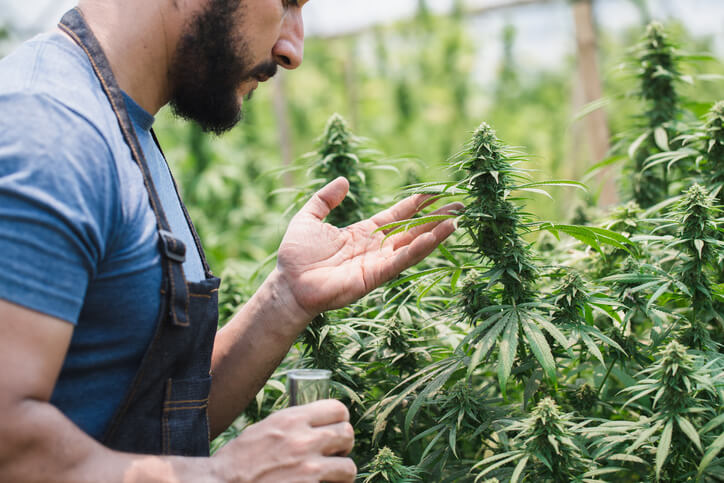Cannabis has long been a subject of interest in medicine, law, and society. For students in pharmaceutical training, understanding the historical context of cannabis use is essential to appreciating its current medical applications, regulatory challenges, and future potential.
From ancient remedies to modern medical use, cannabis’s journey through history highlights its complex role in healthcare and its evolving acceptance in the pharmaceutical field.
Ancient Uses of Cannabis
Cannabis has been used for medicinal purposes for thousands of years. The earliest recorded use dates back to ancient China, where Emperor Shen Nung is believed to have included cannabis in his pharmacopoeia around 2737 BCE. It was prescribed to treat a variety of ailments, including malaria and gout. Ancient Egyptians also used cannabis for pain relief, as indicated by traces of the plant found in mummies dating back to 1550 BCE.
In ancient India, cannabis was considered a sacred plant. The Hindu texts, the Vedas, describe cannabis as one of the five sacred plants, with its medicinal use linked to alleviating anxiety and gastrointestinal issues. Similarly, in the Middle East, cannabis use spread through trade routes, and it became a staple in traditional medicine in Persia and Arabia.

During cannabis industry training, students can ask about the earliest recorded use of cannabis.
Cannabis in Western Medicine
In the 19th century, Irish physician William Brooke O’Shaughnessy introduced cannabis to Western medicine after observing its use in India. He noted its potential for pain relief and treating conditions like epilepsy.
Throughout the 19th century, cannabis was widely used in medicines in Europe and the U.S. However, the rise of synthetic drugs in the early 20th century, along with concerns over its abuse, led to the 1937 Marihuana Tax Act, which marked the start of cannabis’s decline in Western medicine.

Cannabis and cannabis education made its way into Western medicine in the 19th century.
The Modern Era: Cannabis and Medicine
The late 20th and early 21st centuries have seen a resurgence of interest in the medical potential of cannabis. This began in the early 1970s when researchers identified cannabinoids, the active compounds in cannabis, including THC (tetrahydrocannabinol). These discoveries opened the door for more scientific studies on the plant’s effects.
In the 1990s, the discovery of the endocannabinoid system—a system of receptors in the body that responds to cannabinoids—shed light on how cannabis could be used to manage conditions like chronic pain, epilepsy, and nausea from chemotherapy. Since then, medical cannabis has gained legal recognition in many countries, including Canada, parts of Europe, and a growing number of U.S. states.
For students in pharmaceutical training, it’s important to understand this turning point. Cannabis, which was once shunned in Western medicine, is now being researched for its therapeutic properties, with new pharmaceutical formulations emerging in the market.

As pharmaceutical training highlights, medical cannabis has legal recognition in many countries.
How Cannabis Knowledge Prepares You for Careers in the Pharmaceutical Industry
Students in cannabis industry training at AAPS explore cannabinoid-based therapies and cannabis science through courses like Cannabis Clinical Concepts and Extraction Methods.
Practical labs like Quality Control and Seed-to-Sale enhance their understanding of this evolving field. With medications like Epidiolex and Sativex approved globally, cannabis is increasingly recognized in the pharmaceutical field.
As more quality assurance and regulatory affairs professionals from the pharmaceutical and food industries explore job opportunities in the cannabis sector, having a solid understanding of cannabis’s history becomes crucial for those transitioning into this emerging field.
At AAPS, our cutting-edge cannabis program dives deep into pharmacological mechanisms, dosage forms, and breakthrough therapeutic uses of cannabis. As the medical cannabis industry grows in popularity, AAPS equips graduates with the expertise to navigate its benefits, side effects, and regulations, positioning them for success.
Are you interested in a comprehensive cannabis education?
Contact AAPS for more information.




